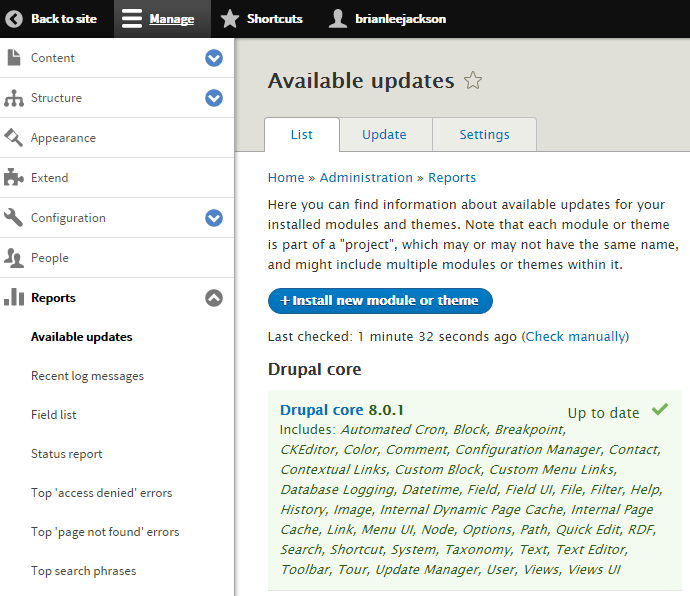

Utilise Drupal’s built-in logging and watchdog features to track and review system and user activity.
#Drupal security kit password
Implement essential security modules such as Security Kit, Password Policy, and Automated Logout to protect your website against common security threats. Enable Drupal’s Security Modules: Drupal offers a range of security-focused contributed modules.Implement firewalls and intrusion detection systems (IDS) to detect and mitigate potential attacks.
#Drupal security kit update
Regularly update your server software, including the operating system and other components. Use Secure Hosting and Infrastructure: Choose a reliable hosting provider that prioritises security and provides robust infrastructure.This ensures that sensitive information, such as login credentials and user data, is encrypted and protected from interception. Obtain an SSL/TLS certificate and configure your Drupal site to use HTTPS by default. Implement HTTPS: Enforce HTTPS (Hypertext Transfer Protocol Secure) for secure data transmission between the website and its visitors.Restrict database access privileges to limit potential vulnerabilities. Keep the database credentials secure and avoid storing them in plain text within configuration files. Secure the Database: Protect your Drupal database by using a robust and unique password and ensuring regular backups.Enable Drupal’s built-in file validation and extension-checking mechanisms to prevent potential security risks associated with malicious file uploads. Implement Secure File Uploads: Configure Drupal’s file upload settings to enforce file type restrictions and limit maximum file sizes.The recommended permissions for Drupal directories and files are typically outlined in Drupal’s official documentation. Restrict write permissions for files and directories that do not require it. Protect File and Directory Permissions: Set appropriate file and directory permissions to prevent unauthorized access.Review user roles and permissions regularly to ensure they align with the website’s requirements. Only grant necessary permissions to each user role, limiting access to critical administrative functions. Restrict User Permissions: Thoughtfully assign user roles and permissions.Drupal provides various modules, such as Two-Factor Authentication, to facilitate the implementation of 2FA. Implement two-factor authentication (2FA) to add an extra layer of security. Use Secure Authentication Practices: Utilise strong and unique passwords for all user accounts, including administrators.Stay informed about the latest security updates and ensure that your website is always running the most recent stable versions of Drupal and its modules. New updates often include security patches that address vulnerabilities found in previous versions. Keep Drupal Core and Modules Up to Date: Regularly updating Drupal core and modules is crucial for maintaining a secure website.Implementing these practices can minimize the risk of unauthorized access, data breaches, and other security vulnerabilities. In this blog post, we will discuss the best practices for ensuring the security of your Drupal website. Drupal, being a popular and robust content management system, requires careful attention to security measures. When it comes to building and maintaining websites, security is of utmost importance.


 0 kommentar(er)
0 kommentar(er)
